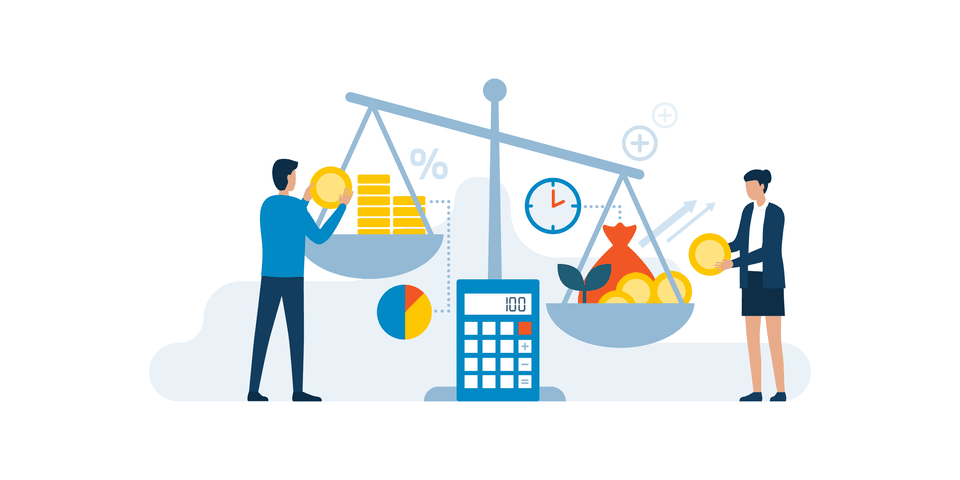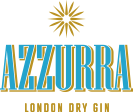Restaurant accounting: A simplified recipe
- ugah
- abril 14, 2022
- 5:46 am
- Nenhum comentário
Restaurant accounting: A simplified recipe

Payroll in the restaurant industry can be challenging as tracking employee hours is complex. Multiple wages and staff positions are the norms in the restaurant industry, and the ability to accommodate different rates is vital. Whether you’re not the best with numbers or want to focus on the food, you might be wondering if you should do restaurant accounting in-house or outsource it. Ensure that you keep all receipts and invoices organized and record your transactions accurately. For this step, it can be helpful to hire a bookkeeper to do this for you so you can focus on other parts of your business.
Restaurants should be looking at sales vs. cost of goods sold ratios as well as labor ratios. Another ratio many restaurants should consider is the prime cost, which aims to keep the cost of food + beverage + labor at roughly 60% to 65% of your total sales. Record a separate daily sales entry for each day (not monthly or weekly).
Restaurant accounting vs. restaurant bookkeeping
With the ability to slice, dice, and drill into that historical data, you can identify underlying trends in different datasets. For example, cross-reference sales by menu category to determine the best time to run a half-price appetizer promotion. POS technology allows you to see your financial performance in real-time. At any given moment, you peek at your sales-to-labor ratio or determine if sales are meeting historical averages. These financial snapshots give you the power to take action, in real-time with minimal effort. Just like keeping track of orders, oven temperatures, and the right amount of salt, you have several things to track when doing accounting for your restaurant.
- Each of these buckets is further categorized into smaller ones, such as meat costs, alcohol costs, staff wages, marketing, utilities, laundry, etc.
- A member of the CPA Association of BC, she also holds a Master’s Degree in Business Administration from Simon Fraser University.
- And if you hire full-time wait staff, you may also need to furnish benefits.
- Find out how much revenue you make each day and ideally break them further into food and beverage categories.
- You should review your prime costs, CoGs, inventory counts, and labor on a weekly basis, not a monthly basis.
- Bill.com allows you to add various users with different permissions.
Run the profit and loss for whatever date range you wish to look at. The only drawback to Toast payroll is that right now they do not have a QuickBooks integration. While we have been inquiring about it for over a year they have yet to add this functionality. You can then upload your invoices to Bill.com to allow your accountant to code them properly. One of the reasons we love connecting to QBO and to any restaurant POS system from Shogo is the steps and amount of time it takes.
Set up a chart of accounts
After setting up a chart of accounts, you should pick a point-of-sale (POS) system to process your restaurant’s transactions and streamline your operations. The POS system usually includes an electronic cash register and a software system that tracks purchases daily. This method has a shorter learning curve and works when you have fewer items to record since it’s easier to track revenue and expenses. However, it only provides a short-term vision of your financial situation since it doesn’t consider accounts receivable and accounts payable. Now make sure to reconcile all bank accounts, merchant clearing accounts, credit cards, loans, lines of credit, and payroll liabilities every single month.

When doing restaurant accounting also compare your performance over time. Choosing the right accounting period allows you to accurately compare your performance period over period. 1000more rows at the bottom Kristen Slavin is a CPA with 16 years of experience, specializing in accounting, bookkeeping, and tax services for small businesses.
Prime Costs
It allows real-time tracking of your financial performance and mitigates errors that occur with manual restaurant accounting. The daily sales report is your quintessential end-of-day report that measures costs, sales, and future sales. Revenue (sales, tax, tips, and credit card fees) are reconciled against settlement (accounts receivable, cash and credit card deposits, restaurant bookkeeping discounts and coupons, gift certificates redeemed). The result is either cash over or short – but in an ideal world, you’re at zero. If you are not using financial reporting for your restaurant, then you are running your business blind. With such tight profit margins in the restaurant industry, it is important to analyze your financial reports on a regular basis.
A member of the CPA Association of BC, she also holds a Master’s Degree in Business Administration from Simon Fraser University. In her spare time, Kristen enjoys camping, hiking, and road tripping with her husband and two children. The firm offers bookkeeping and accounting services for business and personal needs, as well as ERP consulting and audit assistance. The cost of goods sold represents the costs of making and selling your products at any given time, including inventory costs. It helps you understand how much you’re spending to make the food. This is further broken down into business-specific categories or sub-accounts, such as inventory, sales, and marketing.
Liabilities are things like vendor bills and restaurant equipment loans. Because of this, they require specific accounting methods and benchmarks that wouldn’t apply to, say, a retail store. Restaurant accountants understand how to compile data accurately and meaningfully.
If you see this after your page is loaded completely, leafletJS files are missing.





